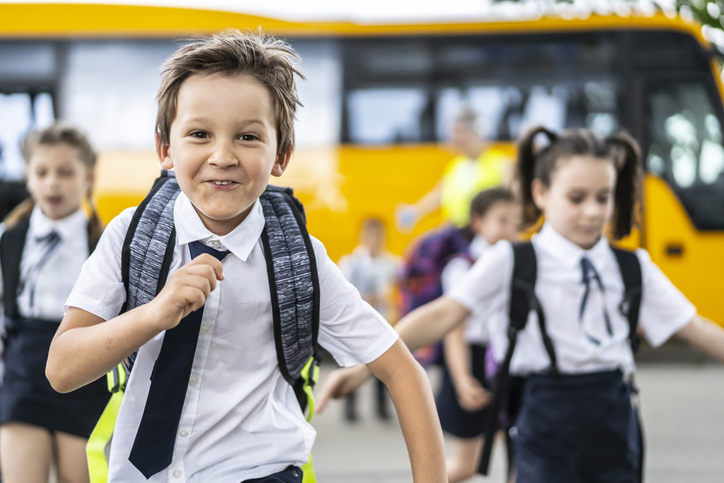
The following blog was contributed by Matthew Cordes, associate director of schools, Office for Schools, Diocese of San Diego.
Reviewing the Catholic School Enrollment and School Closure, Post COVID-19 report left me feeling connected to the rest of our nation’s Catholic schools. The Diocese of San Diego was a microcosm of the national report. Our declines in enrollment for elementary and early education were almost identical to the national report. Our high schools saw a small increase in enrollment but nothing too far from the rest of the nation. More of our schools had waitlists in at least one grade because of COVID spacing restrictions. While we haven’t had to close a low-income school because of COVID, the amount that our schools could spend on safety equipment, training and technology varied greatly depending on the ZIP code.
The questions that I was left asking seemed very similar to questions that we were asking a year ago when we looked at our enrollment reports. With access, equity and sustainability at the top of the list, it seems like the pandemic was more of an accelerator than a speed bump. With the exception of the preschool enrollment dip, which I believe will self-correct in time, our issues seemed to manifest themselves faster this year. However, the pandemic did teach our schools the skills of creativity, grit and adaptability. Principals became epidemiologists and our teachers are now Zoom masters. Classrooms have new ventilation standards and students can collaborate while sitting six feet apart. Just like my kindergartener figured out how to be dropped off instead of being walked into the classroom, our schools are now better able to meet any challenge that comes at it (including making sure my kindergartener gets to his classroom).
Now comes the big challenge. As a body of educators across the nation, can we use our newly acquired skills to come up with more creative solutions to meet the underlying issues facing Catholic education? Once we can remove our masks, let’s use our experience to reassess how we use staffing in our schools. Not as a way to lower a ratio, instead as a way that creates the optimal academic benefit for students such as developing new educational models. Let’s collaborate as a staff on the areas of growth for our school and brainstorm creative ideas to meet the needs of every student. We need to adapt our system to figure out new marketing strategies to attract students that have never thought of Catholic education before the pandemic. Finally, we need the grit to evaluate our institutions to see where we have let down our community with access and equity. These tasks will not be easy, but they can’t be much harder than keeping the gospel message alive during a pandemic! So, let us all go face the current reality of Catholic schools with the knowledge of our newfound skills. While reflecting on our topic, the words of St. Madeleine Sophie Barat came to mind, “Shouldn’t we gratefully accept both good and bad as coming from the hand of God, for both are inclined to our advantage if we know how to profit from them.” At this moment in Catholic education, we have accepted both the good and the bad, now we must use our newfound blessing to profit our ministry.